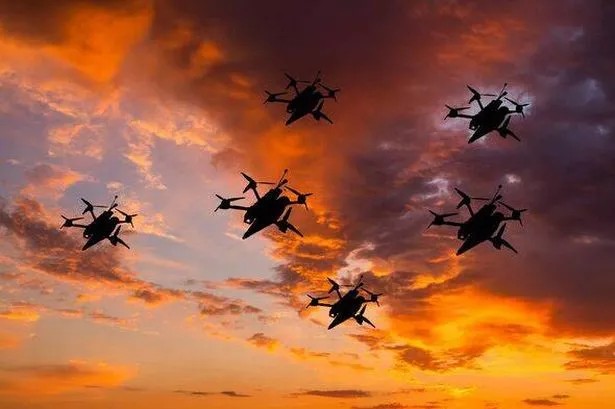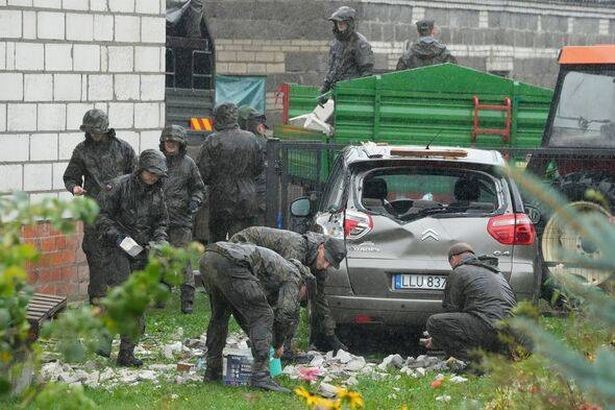NATO's seven-figure defense bill: interceptors cost more than the drones they down
In recent weeks, NATO has strengthened its defenses after repeated breaches by Russian drones and aircraft, but the price tag for missile defenses now runs into seven figures per deployment. Weeks ago, Poland and its NATO partners reportedly shot down up to 19 Shahed-style drones that crossed borders with Russia and Belarus, underscoring how vulnerable airspace remains on Europe’s eastern edge. With Vladimir Putin declaring NATO is at war and hinting at nuclear escalation, the defense build-up is unfolding under a shadow—and so is the bill.

The cost math: drones vs interceptors
Drones are relatively cheap to produce. Some estimates place Shahed-style drone costs around £30,000 on average (CSIS), with other figures ranging up to £60,000, while one vocal estimate puts them at £48,000–£52,000 and as high as £75,000 in some cases. Intercepting them, however, costs far more. A Sidewinder AMRAAM interceptor runs about £225,000–£300,000 per unit, while 2021 U.S. budget data show interceptors at roughly £320,000–£350,000 depending on the branch. Patriot missiles are vastly more expensive still, with estimates ranging from about £775,000 to £3 million per interceptor; some sources go even higher, up to £21 million for certain configurations. Francis (Frank) Rose warned: “This is a big problem right now with missile defence: the cost-curve challenge. We're extending million-pound interceptors to go after £48,000 to £52,000 drones,” and added, “We’re going to have to find a way that allows you to get around that cost curve.”

Industrial bottlenecks and a call for cheaper, scalable defense
The United States has deployed interceptors to allies, including Israel, and CSIS notes the U.S. is short a sizable number of Patriot SM-3 interceptors. In 2023, the U.S. produced 71 Patriot SM-3 missiles; in 2024, amid Iranian attacks, that year’s production was exhausted, underscoring shortages. The defense industrial base has been described as neglected since the Iraq era, when SHORAD funding was redirected to bolster ground forces, leading to delays and a slower rebuild. Rose warns that simply restarting SHORAD production isn’t easy: “Once you lose a capability, it’s hard to develop it and get it back.” He urges a path forward that emphasizes cheaper capabilities capable of countering cheap drones at scale.

